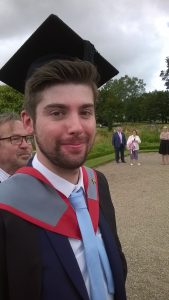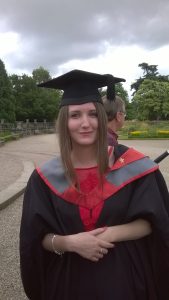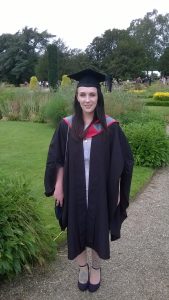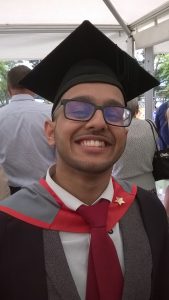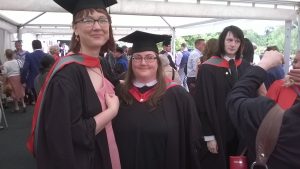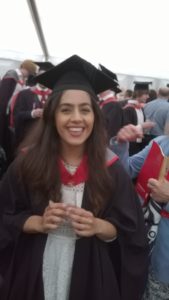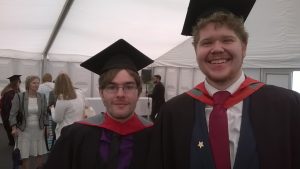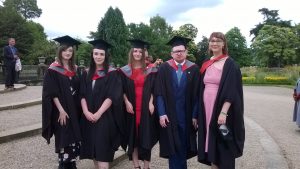“It’s not at all grim up North” –
At the end of June I attended a one-day interdisciplinary conference at York St John University: the title of the conference was “Uplandish: New Perspectives on Northern England’s ‘Wild’ Places”. The topics which people presented on were very varied and included: film-making, the cultural mythology of the Moors Murderers, the history of Dove Cottage (Wordsworth’s most famous home), and the work of the National Trust in securing UNESCO World Heritage status for the Lake District. My paper was one of a handful of literary-critical papers that day – it was titled “Sarah Hall’s Wild Women of the North”.
My 20-minute paper gave a brief analysis of the idea of wildness in three novels by Sarah Hall: The Carhullan Army (2006), The Wolf Border (2015) and Haweswater (2002). I focussed on the presentation of central female characters as embedded within the Cumbrian landscape of all three texts, its ecosystem and the contestation of traditional stereotypes that this entails. My paper gave a broadly ecofeminist reading of the literature, and made the point that the association of women and nature is not at all retrogressive in Hall’s writing but, rather, is presented as a source of radical energy which enables the women to intervene in political history, as opposed to seeing them excluded from it.
My paper concluded with a question: these novels seem to fit in with a trend in contemporary literature to access the authentic, ecologically-implicated, animal self – an identity which stands in sharp contrast to our increasingly technologically-mediated existence; does this represent a genuine cultural turn developing in the new millennium, or are these just consolatory fictions which we can shut off from when we close the book?
I very much enjoyed giving this paper, as well as the discussions over coffee with other delegates, in particular another academic – Dr. Justin Sausman of the University of Hertfordshire – who also presented on Haweswater. Another personal highlight for me was having the opportunity to quote a small section of Beowulf in Anglo Saxon (yes, it was relevant to a discussion about the literary history of monstrosity and the moors!).
York is just lovely – you should go, especially if you really like a bit of Viking history mixed in with your organic cafes and high-end clothing stores.
My thanks to the University for funding my trip. Next stop: a conference on Eco-Gothic in Dublin, Trinity College, late November – yey!
Dr Melanie Ebdon

